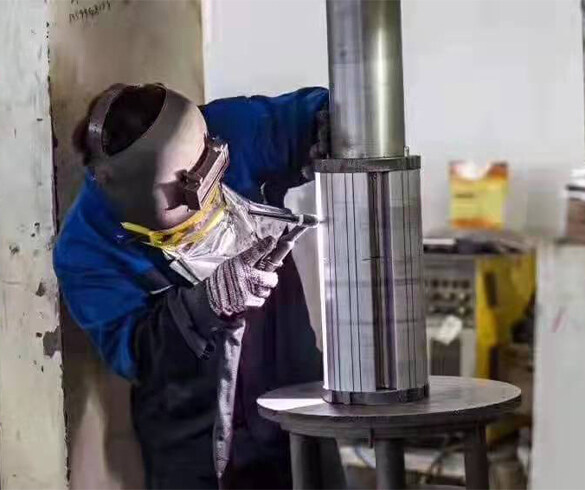Exploring Three-Phase Induction Motors: From Construction to Control
Introduction
Induction motors are the workhorses of many industrial and commercial applications, providing reliable and efficient operation across a wide range of tasks. In this article, we delve into the fundamentals of three-phase induction motors, examining their construction, working principles, power supply requirements, generation of rotating magnetic fields, starting methods, and speed control techniques.
I. Introduction to Three-Phase Induction Motors
Induction motors operate based on the principle of electromagnetic induction, where a rotating magnetic field induces currents in conductive materials, resulting in torque production. These motors are favored for their simplicity, robustness, and cost-effectiveness, making them indispensable in various industries.
II. Construction and Working Principles
A three-phase squirrel cage induction motor consists of two main components: the stator and the rotor. The stator houses the stationary winding, while the rotor contains the conductive squirrel cage bars. When energized, the stator produces a rotating magnetic field, which induces currents in the rotor bars, generating torque and causing the rotor to turn.
III. Three-Phase Power Supply
Three-phase induction motors require a balanced, three-phase power supply for operation. This power supply configuration ensures uniform distribution of voltage and current across all phases, facilitating smooth motor performance. Different connection configurations, such as delta and wye, are employed based on application requirements.

IV. Rotating Magnetic Field
The creation of a rotating magnetic field is a fundamental aspect of induction motor operation. This field is generated by the interaction of the three-phase stator windings, which produce magnetic fluxes with a phase difference of 120 degrees. The rotating magnetic field induces currents in the rotor, resulting in torque production.
V. Starting Methods
Several starting methods are employed to initiate the operation of induction motors:
Direct On-Line (DOL) starting involves directly connecting the motor to the power supply, providing maximum starting torque but causing high inrush current.
Star-Delta Starting employs a sequential connection method, reducing starting current and torque but requiring additional switching equipment.
Soft starters gradually ramp up the motor's voltage and frequency, minimizing mechanical stress and reducing starting current.
VI. Speed Control
Controlling the speed of induction motors is essential for various applications. Two common speed control techniques include:
Variable Frequency Drives (VFDs) adjust the motor's frequency and voltage to control speed, offering precise control and energy savings.
- Pole-Changing Techniques involve altering the number of poles in the motor winding, enabling discrete speed adjustments but requiring mechanical modification.
Conclusion
Three-phase induction motors play a crucial role in powering industrial machinery, HVAC systems, pumps, and more. Understanding their construction, operation principles, power supply requirements, and control methods is essential for optimizing performance and efficiency in diverse applications. By exploring the topics outlined in this article, engineers and technicians can gain valuable insights into the workings of these ubiquitous motors.


